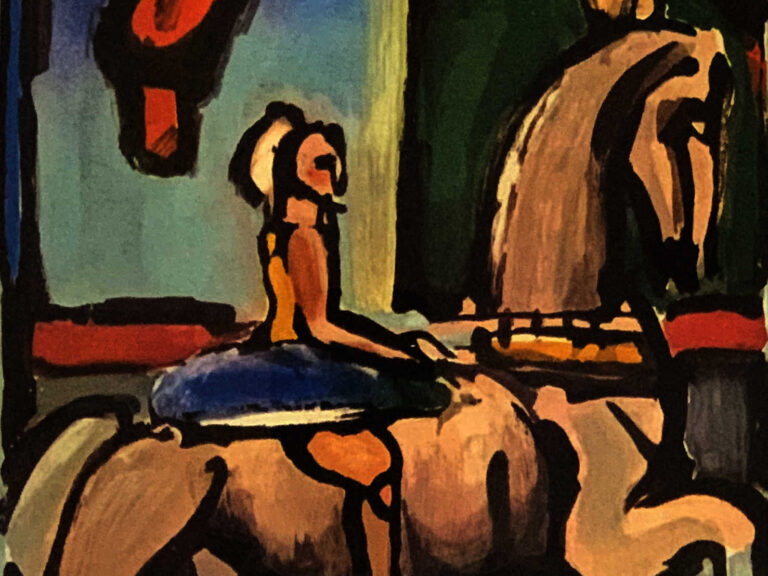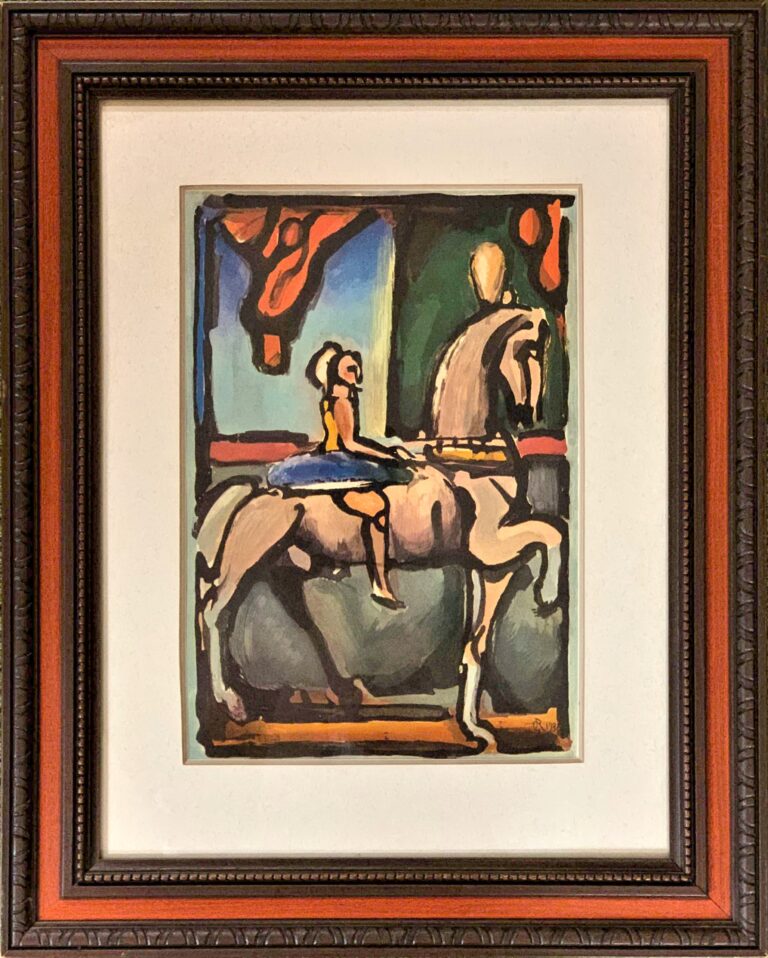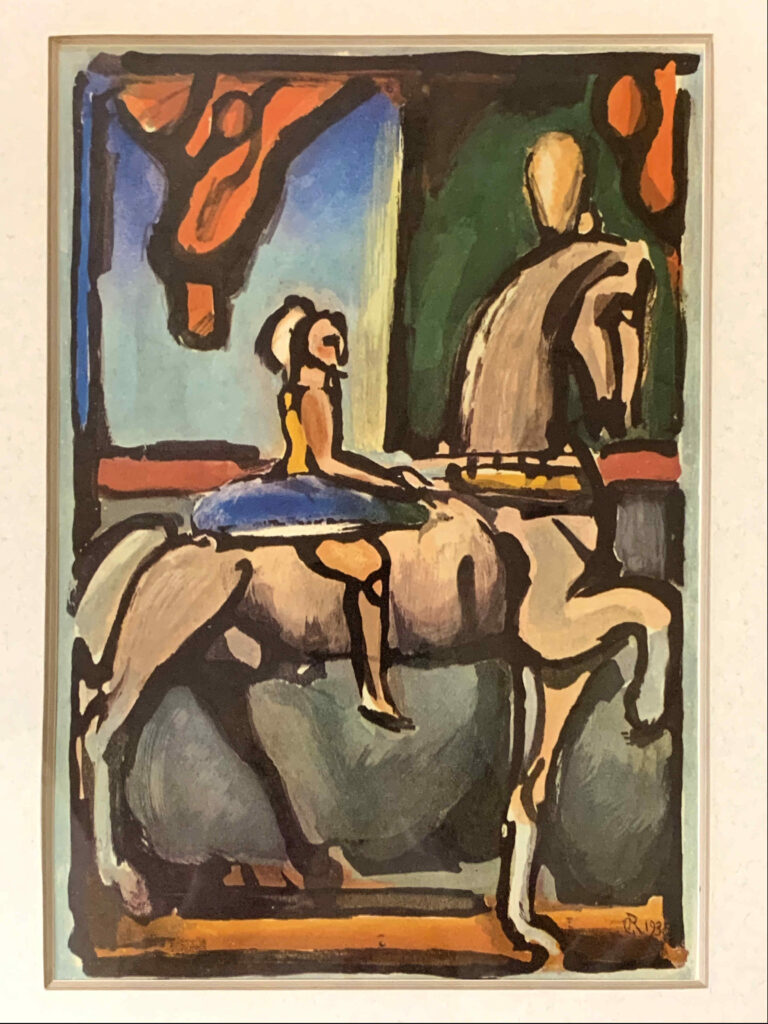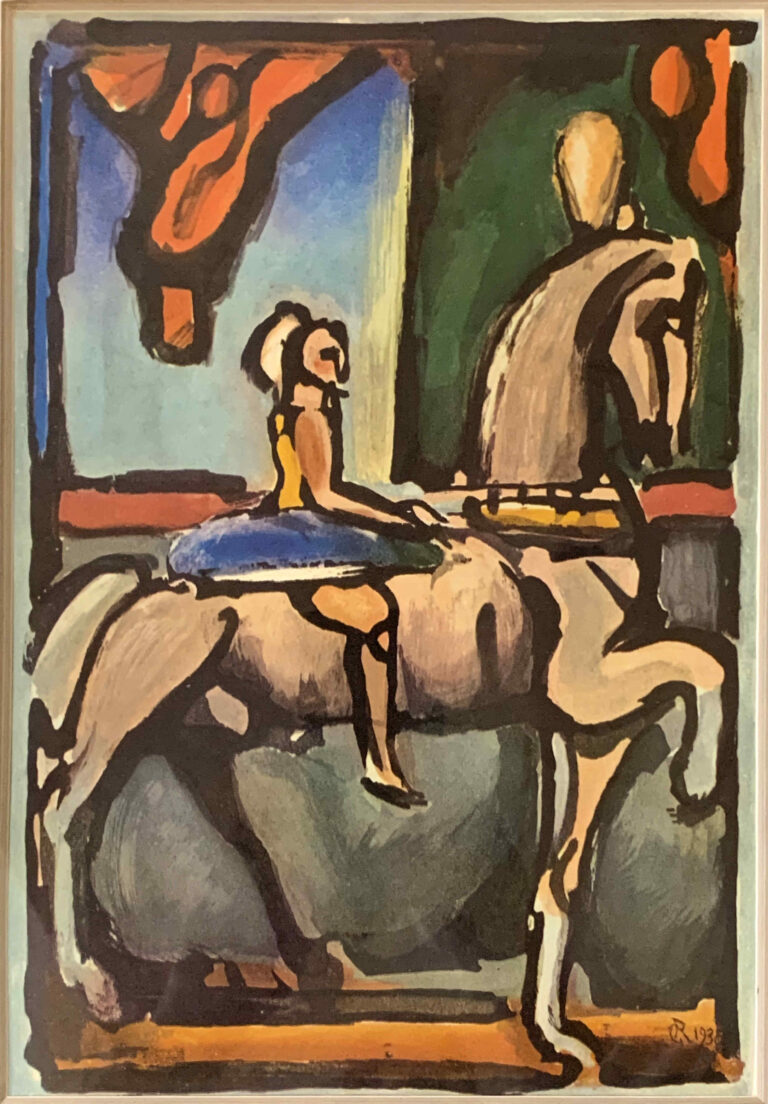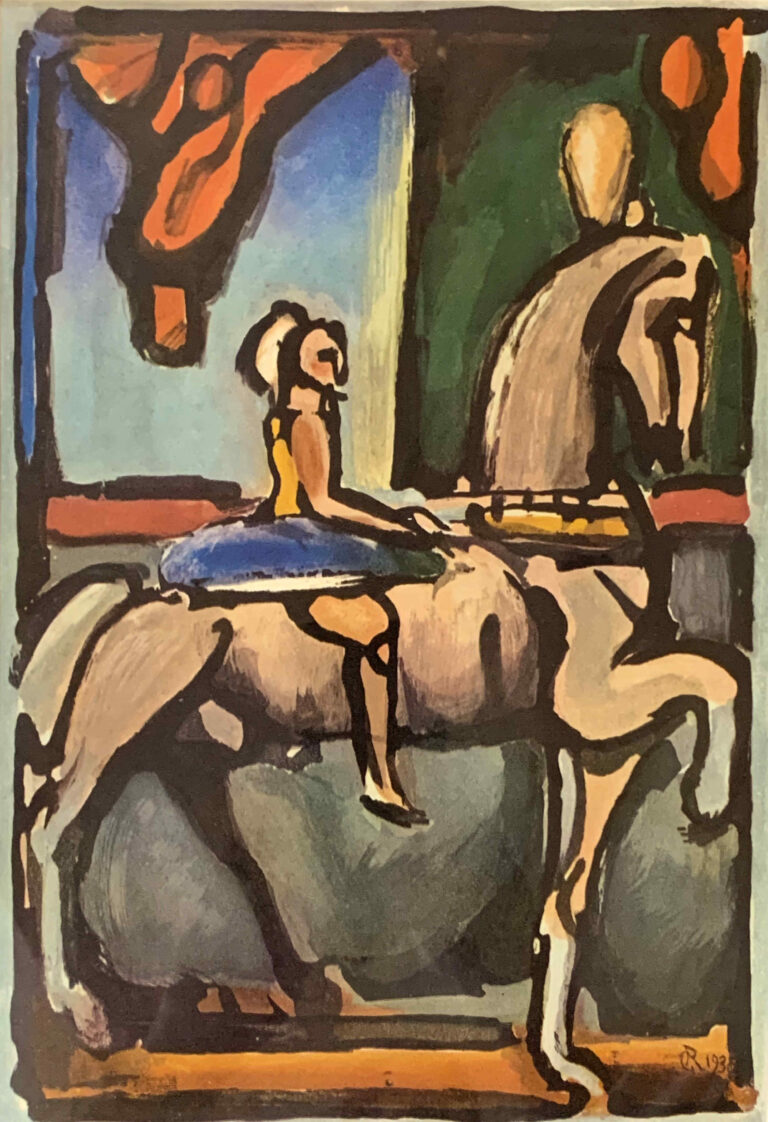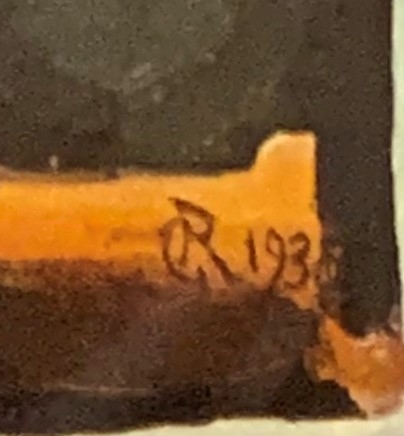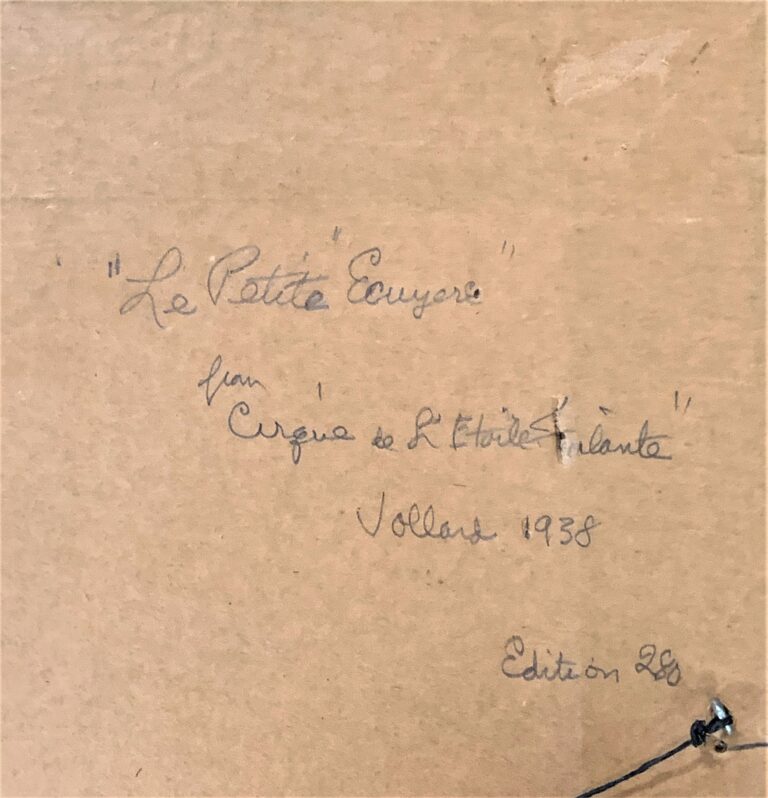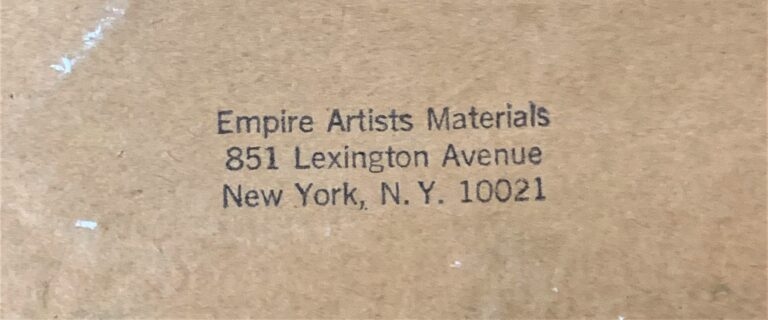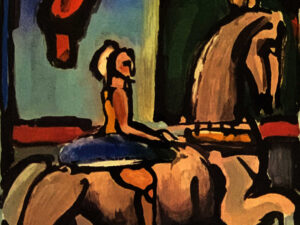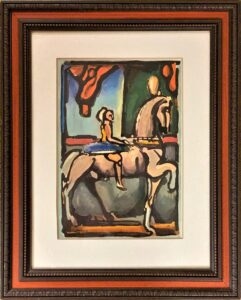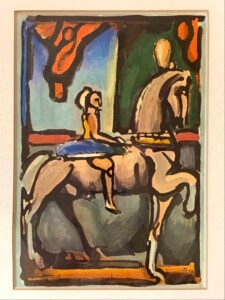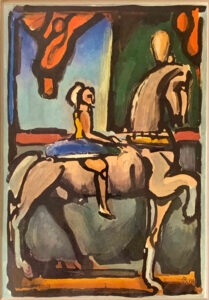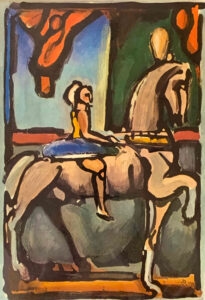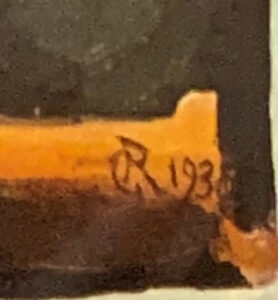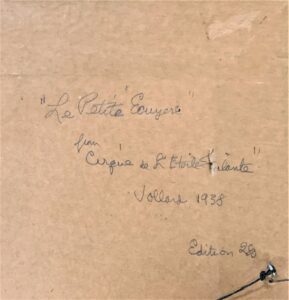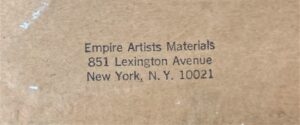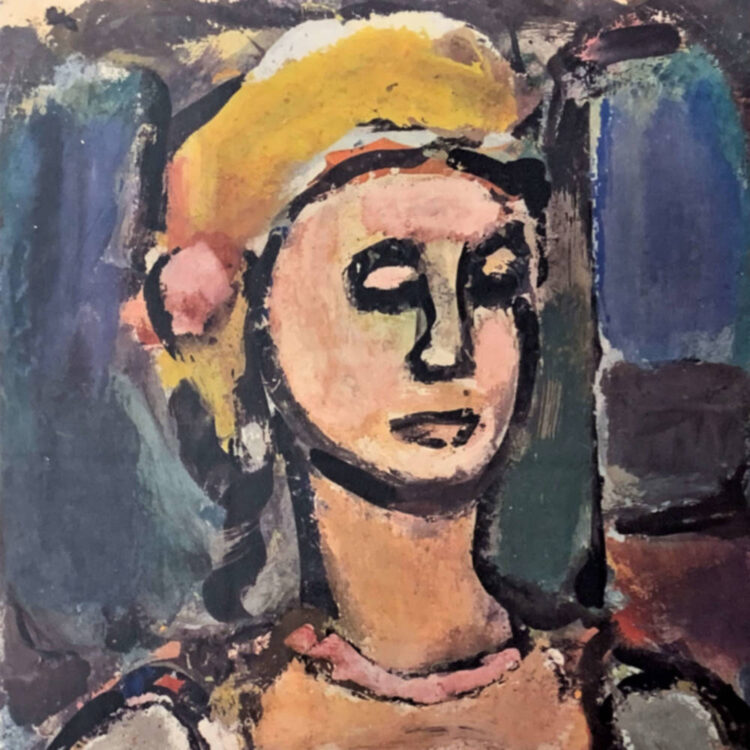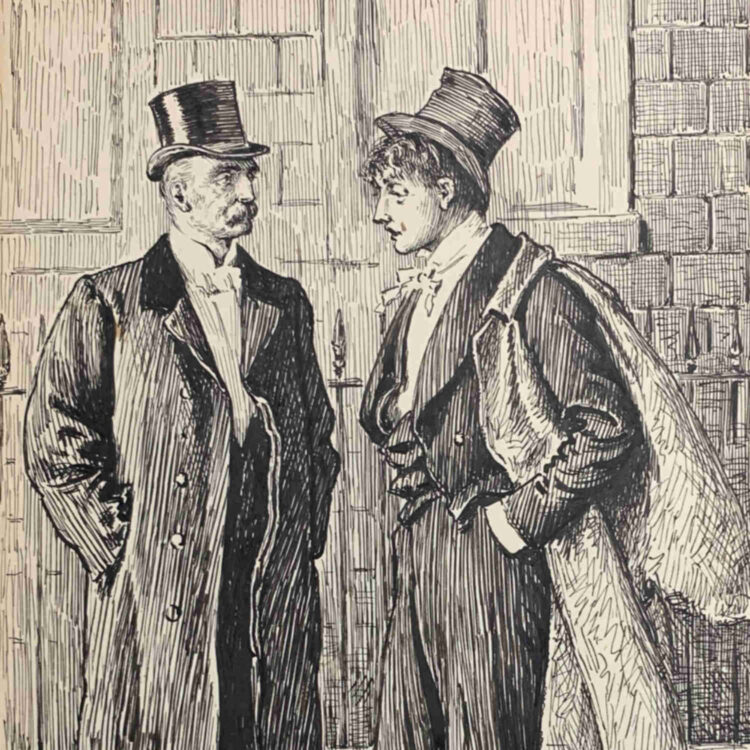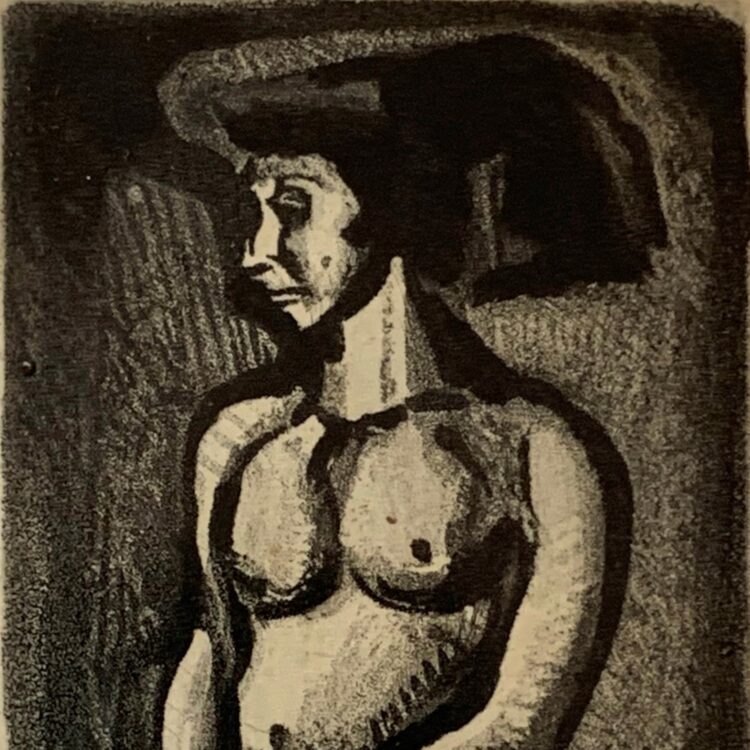Description
French artist Georges Rouault was a pioneering expressionist painter and a major figure in modern printmaking.
Rouault’s work is immediately recognizable for the thick black brushstrokes that outline their subjects and the glass-like look of his colors. This is not mere coincidence; Rouault spent his teenage years as a stained glass maker’s apprentice. He used etching and aquatint to create works recognized widely as having unprecedented color harmonies and expressive power.
Rather than create pleasing “armchair” pictures like those of many of his contemporaries, Rouault applied his rough painterly style to religious subjects, clowns, and circus performers, using these motifs to reflect on religion, morality, and modern life. The theme of the circus was a major theme in Rouault’s work; he was fascinated by the contrast between the circus’ superficial brightness and the sadness of circus life. This portfolio reflected Rouault’s attempt to strip away the “spangles” of the clown’s costume and reveal the “reflection of paradise lost.”
This work, entitled La Petit Ecuyère [The Little Equestrian], is Plate 6 of Rouault’s Cirque de l’Etoile Filante portfolio [Circus of the Shooting Star] series, commissioned and published by Parisian art publisher and dealer Ambroise Vollard (1866-1939). The series was introduced by seventeen color etchings with aquatint, and followed by 82 wood engravings that illustrate the text, also written by Rouault. The project began in 1926. This piece was created in 1935. The full edition was finally published in 1938. These aquatints are often described as the culmination of Rouault’s career as a printmaker.
Examples of this print can be found at the Museum of Modern Art and numerous other prominent institutions.
